Christie Schutz Vincelli, Ed.D.
One of my first questions when working with a new client is, “Where would you like to start your MTSS/RTI implementation process?” Regardless of which district I am working with, the answer is always the same: “Our Pre-K-2 grade population.”
This answer is consistent with research, as you do get the “biggest bang for your buck” when intervening on academic and behavioral needs as early as possible. However, lately, I’ve been hearing from more and more district administrators who are asking, what about our secondary level students? Should we implement MTSS/RTI at the middle and high school?
The answer to this question is, yes! We should address the needs of our secondary students! And when we do this, we should follow specific guidelines in designing this program at the secondary level or the implementation will not be successful.
The biggest hurdle of implementing MTSS/RTI at the secondary level is that the entire instructional paradigm needs to shift. Rather than thinking departmentally, we need to be thinking about how to incorporate essential skills in all subject areas. For example, what students learn in math should also be reinforced and used in science. Non-fiction reading can be taught in other subject areas such as social studies, music and technology in addition to language arts.
In other words, the primary focus of an MTSS/RTI program at the secondary level should be focused on proficiency in listening, speaking, reading, and writing. This way, educators can help students access content across all subjects, thereby avoiding more global school failure.
Along with the paradigm shift in instruction, there are other important considerations that must be taken into account. Here is a basic overview of what steps should be taken to implement MTSS/RTI at the secondary level:
- Universal screening should begin to phase out around the end of seventh & eight grade, or at the point where students should have met all skill-based criteria. For students who are identified as in-need of support during this period, universal screening should continue.
- If a district chooses to run remedial courses, students should have individual learning plans for each student in those classes. The plans should be based on data from the universal screening tool.
- Remedial classes should not be focused on curriculum. The focus should be on skill deficits.
- Ensure that when you run remedial courses, they are staffed with content area specialists. For example, a remedial reading course should be staffed with a reading specialist highly trained in adult reading techniques.
- Students should have the ability to enter and exit remedial courses. Each student should be monitored once a week to see how they are progressing and adjust the plan accordingly.
- If a student shows a lack of progress despite all of the above suggestions, focus on compensation strategies! For example, use technology to assist with reading, writing and math strategies.
Ultimately, if districts are amenable to making these shifts in instructional practice, MTSS/RTI implementation can be a success at the secondary level. This revised framework would assist students as they begin to transition from public education to a postsecondary path.
Are you contemplating implementing MTSS/RTI at the secondary level? The Magnolia Consulting Group is here to help! We have the expertise to guide you through the process and ensure that your program is following the guiding principles of implementation at the secondary level.
Contact us to get started!


